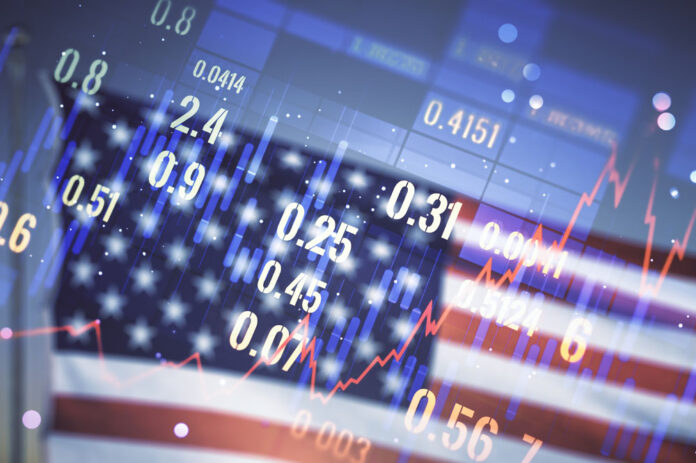Wholesale prices increased at a faster-than-expected pace in February, another reminder that inflation continues to be a growing concern for the U.S. economy.
The Producer Price Index, which looks at costs in the supply chain for raw, intermediate, and finished goods, rose 0.6% during the month, the Labor Department’s Bureau of Labor Statistics released Thursday. That was higher than the 0.3% forecast by Dow Jones but follows a 0.3% increase in January..
Excluding food and energy, the underlying PPI jumped 0.3%, in contrast to the estimate of a 0.2% increase. Another component of the PPI, excluding business services, rose 0.4%, while it had risen 0.6% in January.
On an annual basis, the overall index rose 1.6%, the largest increase since September last year.
The report also presented data related to retail sales. US retail sales showed a market recovery, increasing 0.6%, on the month according to Commerce Department data, which is adjusted but not thanks to inflation. The increase served to reverse a downwardly revised 1.1% decline in the month of January although it still continued to fall short of the estimate of a 0.8% increase
PPI analysis
The market often focuses on the PPI release, traditionally issued two days after the Consumer Price Index, which analyzes what consumers pay in the market, will show that inflation was just higher than estimated on a year-over-year basis.
The PPI is considered a leading indicator of inflation, as it shows costs at the beginning of the supply chain.
The National Institute of Statistics indicated that approximately two-thirds of the overall PPI growth came from a 1.2% increase in goods prices, the highest recorded since August 2023. Similar to the CPI’s findings, the acceleration in the PPI was primarily due to increased energy costs, which saw a 4.4% increase in the final demand measure. Gasoline costs increased by 6.8% at the wholesale level.
Services prices rose 0.3%, thanks to a 3.8% increase in traveler accommodation services.
Impact on retail sales
On the retail sales side, data indicated that consumers were ahead of CPI inflation, which rose 0.4% for the month, despite continued low sales.
Excluding autos, retail sales rose 0.3%, a tenth behind expectations. Sales of auto parts and dealers rose by 1.6%, behind only the 2.2% rise recorded in the same month by the building and gardening materials sector.
Gas stations, meanwhile, recorded an increase of 0.9%, despite lower prices. Sales of electronic products and household appliances rose by 1.5%, while those of miscellaneous stores rose by 0.6% and those of restaurants and drinking establishments by 0.4%.
Although retail sales grew by 1.5% year-over-year, this gain was outpaced by the 3.2% increase in the CPI, highlighting inflationary pressures.
Negative data week
The producer price index (PPI) for final demand in the United States rose 1.6% on an annual basis in February,according to data released by the U.S. Bureau of Labor Statistics on Thursday. This reading followed the 1% increase recorded in January (revised from 0.9%) and exceeded the market expectation of 1.1%.
The annual core PPI rose 2% in the same period, matching January’s increase. On a monthly basis, core PPI increased 0.3%, compared to analysts’ estimate of 0.2%.



